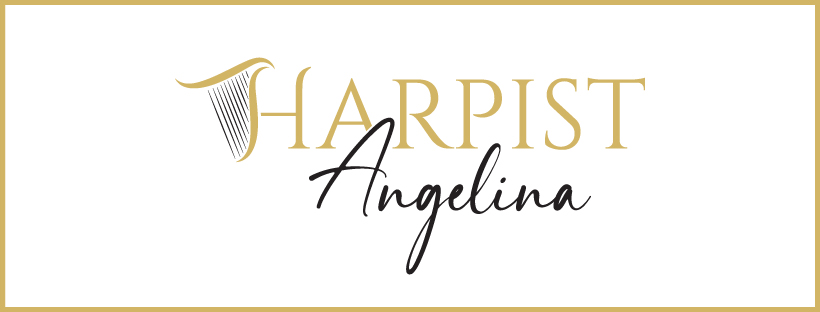Sight-reading. Just saying the word aloud is enough to strike fear into many musicians. But, you can learn to become more confident at sight-reading, it may even become enjoyable!
Like anything else, it just takes practice. But isn’t it hard to practice sight-reading? I mean, you have to find new things to sight-read, but apart from that, it can be practised just like anything else.
I’ll split this post into two parts: tips for learning how to get better at sight-reading, and tips for while you’re in an exam and a piece of sight-reading is put in front of you.
Learning to sight-read
Start off easy:
Find something you know you will find easy to play, and off you go! Just have a go. Don’t let mistakes bother you.
Always look ahead:
Imagine someone is covering the bar you are actually playing with their hand and all you can see are the next few bars (or get someone to do this for you!) Don’t worry about what you’ve already played, just keep moving on to the next bit.
Try to not look at your hands and just stay focussed on the music:
Have you ever tried to play with your eyes closed? Give it a go! The more confidence you have letting your hands find the right notes means the more you can look at the music you are trying to play, which gives you a better chance of doing a good job!
Remember that the notes are only part of the end product:
There is so much more to sight-reading than getting the right notes. What is the performance direction? Do you want it to sound happy or sad? What speed should it go? These things are just as important as the notes themselves, so even if the notes aren’t perfect, try to get into the spirit of the music.
Keep going:
Don’t stop to correct mistakes, ever!
Find someone better than you and play duets together:
My piano sight-reading is better than it ever used to be and it is because I love playing duets with my dad! Duets are a fun way to improve sight-reading and playing with another person forces you to keep going no matter what.
If in doubt, leave it out:
It’s better to leave a few notes out here and there if it means the music will be more fluent and the dynamics and performance directions will still be there. If you spot a tricky passage looming, try and pick out the melody and the bass-line. As your sight-reading improves you’ll be able to put a higher percentage of the notes in.
Sight-read music you have heard before:
Who is your favourite band, singer or songwriter? Buy some of their sheet music and use it for sight-reading practice! The options are endless, there are musicals, shows, tv theme-tunes, even hymns if you’re into that sort of thing. Literally anything you enjoy. Knowing how it’s supposed to go will also make you want to keep going and at least get the melody correct.
Lastly, try not to think of sight-reading as something you have to do to pass your exam. It is so much more than that. It is a fun way to improve your musicianship and play with other musicians, it is so rewarding to put a piece you love on the stand and be able to have a go immediately.
Having said that, here are just a few extra tips for when you’re in the exam and faced with sight-reading.
In the Exam
Leave it until after your pieces:
I find it helpful to leave sight-reading until near the end of the exam, then you know you’ll be fully warmed up, and if you feel like the sight-reading goes badly it won’t affect your confidence for your scales and pieces, because they’ll be done already!
Notice the key signature!
A simple thing, I know, but please make a mental note of the key signature and stick to it! Forgetting your accidentals is frustrating and embarrassing.
Practice tricky bits:
You may only have 30 seconds, but have a go at any difficult passages, separate hands if you want. Don’t just stare blankly at the music for half a minute, have a go! The more you play during this time, the better (in my opinion).
Confidence!
Play it like you’ve played it lots of times before. If you make a mistake (and let’s face it, we all do) just act like nothing happened and carry on. Pretend that’s how you intended it to sound. Sight-reading is still a performance, so make it look and sound like one.
Dynamics, Rhythm, Performance Directions:
These aspects are just as important as the notes so bring them out as much as you can. Convince the examiner that you can do it.
I really hope these pointers are helpful for you and/or your students. If you have any other tips, please do leave a comment and share the wisdom. Personally I quite enjoy sight-reading but I realise that probably makes me a bit odd.
Duets anyone?
Ax
p.s. Don’t forget to pop your email in the box to subscribe to this blog and receive future posts in your inbox (never more than once a week).
p.p.s. Infographic made by Tim Egerton

